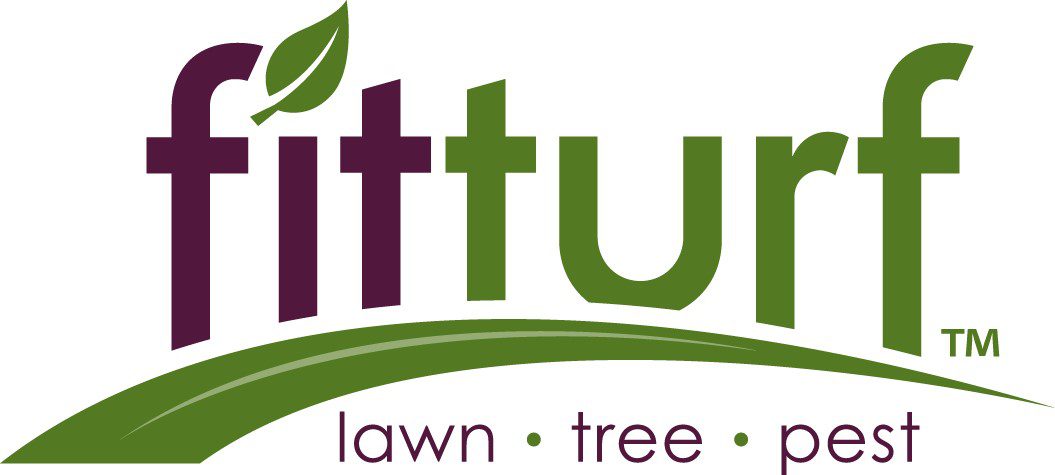Leave the Leaves for a Healthier Lawn – Fit Turf

Click here to learn about how mulching leaves can provide an environmentally friendly benefit to your yard. Visit Fit Turf for information about lawn care.
A Yearly Autumn Ritual
Each autumn, homeowners across the country find themselves armed with yard tools and rakes as soon as the leaves begin to fall. They furiously rake the fallen leaves into piles, stuff them into yard refuse bags (or plastic bags) and set them on the curb to be transported to the nearest landfill.
Yard Debris and Tons of Waste
According to a recent article, these piles and piles of leaves and other yard refuse create 33 million tons of yard debris that is disposed of per year. This totals more than a whopping 13 percent of the nation’s solid waste. Although some homeowners have to honor their Home Owners Association codes and keep leaf refuse cleaned up and their yards tidy, there are ways that you can be creative in your leaf disposal so it can be done in an environmentally friendly way.
The Benefit of Fallen Leaves
Fallen leaves serve several purposes that can benefit the environment and the outdoor critters that make up the greater outdoor ecosystem. Rake up leaves and compost them, either yourself or within your community. Do a little checking in your municipality for leaf recycling programs or drop-offs, so the entire community can benefit from your hard work!
Leaf Composting How-To
Let leaves stay where they land, or gather and layer them within your landscaping. Leaves provide a protective layer and add essential nutrients to your soil. This can be as simple as mulching with your lawn mower. At the end of the season, run your mower over your leaf-strewn yard for an easy way to distribute the leaves and reap their benefits. In addition to helping suppress weeds in lawns and landscaping, as fallen leaves decompose and break down, they will also fertilize the soil and nourish your grass’ roots.
Leaf Mulch Benefits Yards
A study by Michigan State University in the 1990s debunked the old idea that fallen leaves that are left throughout the winter will kill the lawn. They discovered that leaf-covered lawns were some of the first to green up when springtime came around. Although large piles should be composted, a thin layer of mulched leaves has been proven beneficial.
Fallen leaves serve as shelter to a menagerie of small critters, such as chipmunks, salamanders, turtles, toads, earthworms and insects. Butterflies and moths also use these leaf remnants as cozy nesting spots for their pupae. Not only will you be allowing these beneficial and often beautiful creatures a safe haven for the upcoming winter, you will be providing birds with the food they need after the snow melts.
Consider Composting
Have you ever thought about composting your leaves, or composting in general? Many websites are dedicated to this environmentally friendly composting practice, which combines old leaves, weeds, grass clippings and weeds. Whether it is a large pile in the corner of the yard or a dedicated “composting unit,” this practice can be used to create your own, rich soil that can be then worked into flower beds, gardens and more.
A Leaf Challenge
This fall, instead of bagging your leaves, Fit Turf challenges you to think about what you can do to take some steps for a more environmentally friendly leaf-collection method. Turning excess yard waste into nutrient-boosting options for your yard doesn’t take a whole lot more effort, and will drastically reduce the amount of yard refuse that is hauled to landfills each year.


